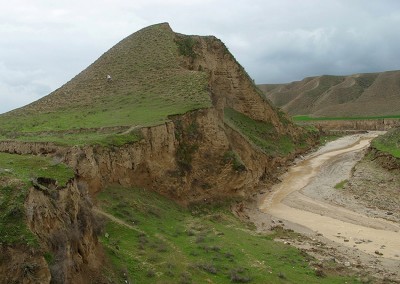Neolithic developments in the Gorgan Plain, south-east of the Caspian Sea
Abstract

Until about two decades ago, the Neolithic of north-east Iran was known only from a few brief excavation reports: the sites of Yarim Tappeh (Stronach 1972) and Turang Tappeh (Deshayes 1967) on the Gorgan Plain, and preliminary reports of large-scale excavations at the twin mound of Sang-e Chakhmaq in the southern foothills of the eastern Alborz Mountains (e.g. Masuda 1984). In the absence of absolute chronologies, these sites were dated by ceramic assemblages to the sixth millennium BC, and were considered to relate to the so-called ‘Jeitun Culture’ of southern Turkmenistan (Roustaei 2016a).
Authors
* Author for correspondence.
- Jebrael Nokandeh*
National Museum of Iran, Siy-e Tir Street, Imam Khomeini Avenue, 1136917111 Tehran, Iran (Email: j.nokandeh@richt.ir) - Kourosh Roustaei
Iranian Center for Archaeological Research, Siy-e Tir Street, Imam Khomeini Avenue, 1136917111 Tehran, Iran

 Cite this article
Cite this article